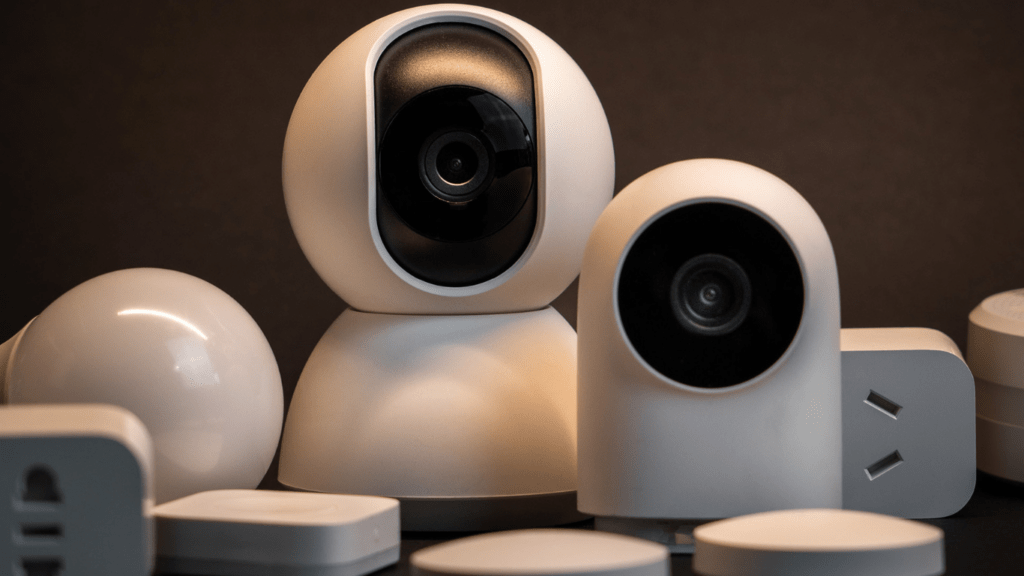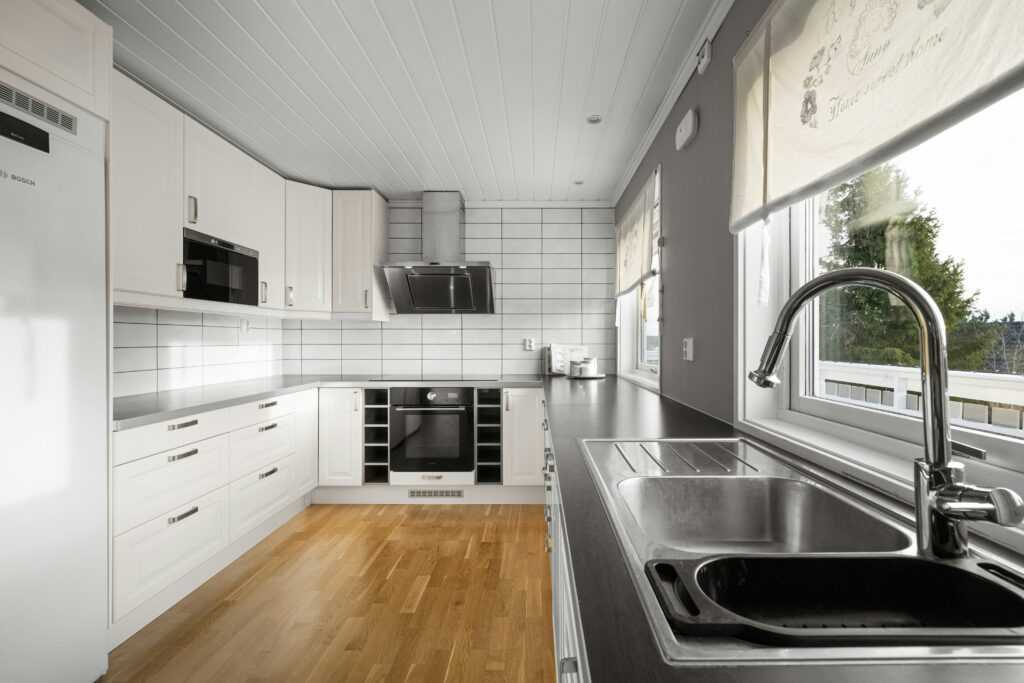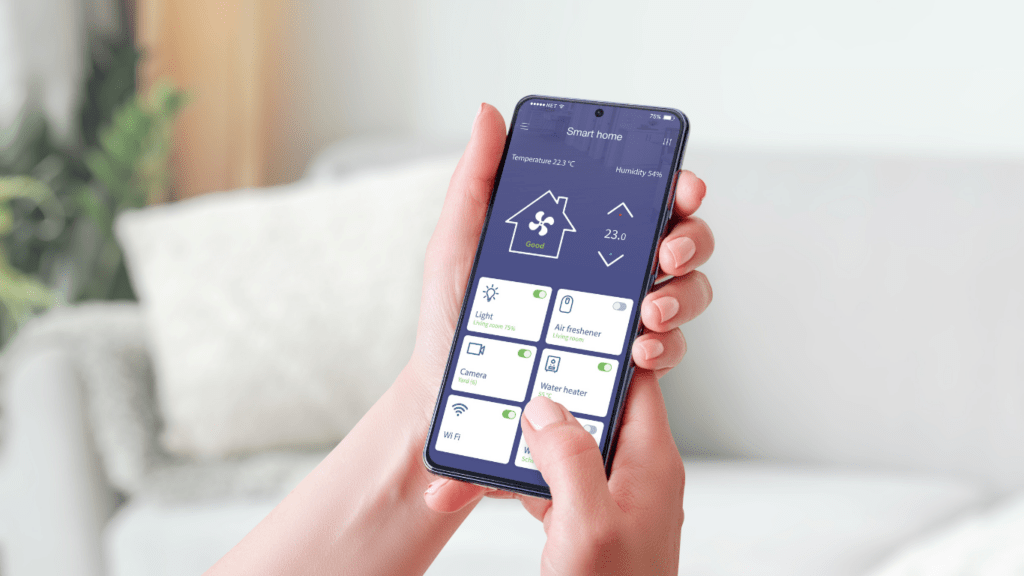In today’s digital age, keeping our homes safe and secure is more important than ever. That’s why I’m excited to share some top tips for enhancing home security using smart devices. With the rise of smart technology, protecting your home has become easier and more convenient than ever before.
By integrating smart devices like security cameras, smart locks, and motion sensors into your home security system, you can have peace of mind knowing that your property is well-protected. These devices not only enhance the security of your home but also provide you with real-time alerts and remote access to monitor your property from anywhere.
In this article, I’ll delve into the world of smart home security and provide you with expert tips on how to leverage these innovative devices to create a safer living environment for you and your family.
Overview of Smart Devices for Home Security
Exploring the world of smart devices for home security unveils a realm of possibilities to bolster the safety of our living spaces. From cutting-edge security cameras to intuitive smart locks, these devices offer a seamless integration into our daily lives, enhancing security measures with minimal effort.
Smart Security Cameras
Enhancing home security with smart devices commences with state-of-the-art security cameras. These devices offer real-time monitoring, high-definition video recording, and in some cases, advanced features like facial recognition. Placing these cameras strategically around your property provides comprehensive surveillance, allowing you to keep a close eye on any potential security threats.
Smart Locks for Advanced Protection
Integrating smart locks into your home security system revolutionizes access control. These innovative locks enable you to lock and unlock your doors remotely using your smartphone. With features such as temporary access codes for guests and activity logs for monitoring entry, smart locks offer a heightened level of security and convenience.
Motion Sensors for Enhanced Detection
Another essential component of a smart home security setup is motion sensors. These devices detect any unusual movement in your home and trigger notifications to alert you of potential intrusions. By strategically placing motion sensors in key areas, you can significantly enhance the detection capabilities of your security system.
The integration of smart devices into home security systems provides a comprehensive approach to safeguarding your living space. By leveraging the capabilities of security cameras, smart locks, and motion sensors, you can create a robust security infrastructure that offers both peace of mind and seamless control over your home’s safety.
Choosing the Right Smart Devices for Your Home Security
When selecting smart devices for home security, it’s crucial to consider various factors to ensure optimal protection for your residence.
- Compatibility: Ensure that the smart devices you choose are compatible with your existing home automation system or hub. This allows for seamless integration and centralized control of all security components.
- Wireless Connectivity: Opt for smart devices that offer wireless connectivity, such as Wi-Fi or Bluetooth, to allow for easy installation and flexibility in device placement throughout your home.
- Remote Accessibility: Look for smart devices that provide remote accessibility via apps on your smartphone or tablet. This feature enables you to monitor and control your home security system from anywhere, enhancing convenience and peace of mind.
- Customization Options: Choose smart devices that offer customization options, such as adjustable sensitivity levels for motion sensors or personalized user access codes for smart locks. These features allow you to tailor your security settings to meet your specific needs.
- Power Source: Consider the power source required for each smart device. Opt for devices with backup power options, such as battery-operated or solar-powered devices, to ensure continued functionality during power outages.
- Scalability: Select smart devices that are scalable to accommodate future expansion or upgrades to your home security system. This ensures flexibility and adaptability as your security needs evolve over time.
By taking these factors into account when choosing smart devices for your home security, you can create a robust and effective security system tailored to meet your specific requirements.
Setting Up Smart Devices for Optimal Home Security

When setting up smart devices for optimal home security, I ensure a seamless integration that maximizes protection effortlessly. I focus on key considerations to guarantee a robust system that evolves with my needs over time. Here’s how I configure my smart devices for enhanced home security:
- Compatibility: I verify that all my smart devices are compatible with each other and with the existing home automation system to ensure smooth communication and operation.
- Wireless Connectivity: I prioritize devices with stable wireless connectivity to prevent signal disruptions, enabling constant monitoring and alerts.
- Remote Accessibility: I configure remote access to my smart devices for monitoring and control from anywhere through secure mobile applications or web interfaces.
- Customization Options: I personalize settings such as motion detection sensitivity, notification preferences, and access controls to tailor the security system to my specific needs.
- Power Sources: I consider power sources for each device, opting for a combination of battery-powered, hardwired, or rechargeable options to ensure uninterrupted functionality.
- Scalability: I plan for future expansions by choosing smart devices that offer scalability options, allowing me to add more devices or upgrade existing ones as needed.
By adhering to these setup guidelines, I create a comprehensive and adaptive smart home security system that provides an added layer of protection for my peace of mind.
Integration of Smart Devices for Comprehensive Home Security
Ensuring a seamless integration of smart devices is crucial in creating a comprehensive home security system. I prioritize devices that work together harmoniously to maximize efficiency and protection. By connecting various smart devices, I enhance the overall security of my home.
- Prioritizing Compatibility
When integrating smart devices for home security, I focus on ensuring compatibility among different devices. I check for compatibility with existing systems to guarantee smooth operations and avoid any technical glitches. - Seamless Wireless Connectivity
I emphasize the importance of seamless wireless connectivity when setting up smart security devices. By choosing devices that connect wirelessly, I eliminate the need for extensive wiring, making installation easier and maintaining the aesthetic appeal of my home. - Remote Accessibility for Monitoring
Remote accessibility is a key factor in my home security setup. Having the ability to monitor and control my smart devices from anywhere provides added convenience and peace of mind. - Customization Options for Personalized Security
Customization options allow me to tailor my home security system to meet my specific needs. I configure settings based on my preferences, ensuring that the smart devices function in a way that enhances the security of my home effectively. - Reliable Power Sources
I prioritize smart devices that have reliable power sources to ensure continuous functionality. Opting for devices with backup power capabilities or low power consumption helps maintain security even during power outages. - Scalability for Future Expansion
Considering the scalability of smart devices is essential for future expansion. I choose devices that can easily integrate additional features or devices as my security needs evolve, ensuring long-term effectiveness and adaptability.
By focusing on these aspects during the integration of smart devices for home security, I create a robust and comprehensive system that offers enhanced protection and peace of mind.



